Studies show carriers with mild or no symptoms are key part of COVID-19 spread
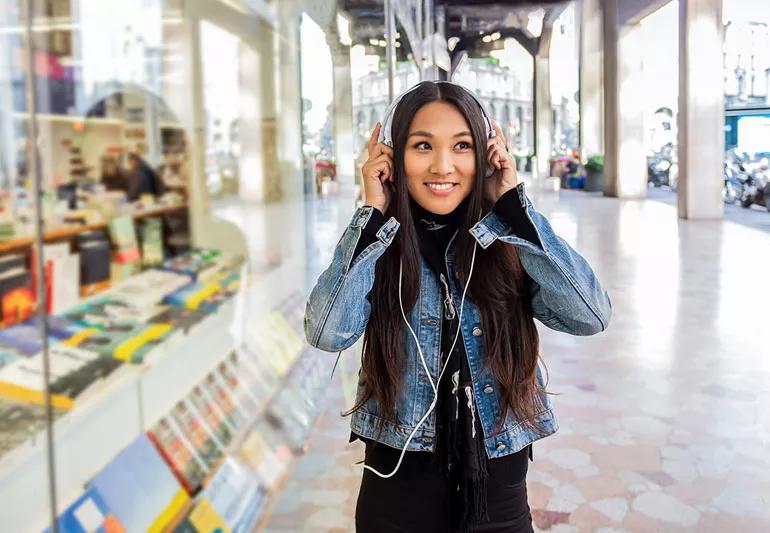
This article was originally published on March 26, 2020. It was updated on April 4, 2020 and May 6, 2020 to reflect new information about this rapidly evolving situation.
Advertisement
Cleveland Clinic is a non-profit academic medical center. Advertising on our site helps support our mission. We do not endorse non-Cleveland Clinic products or services. Policy
One of the primary concerns surrounding the coronavirus (COVID-19) outbreak is the ease with which the virus is spread. While much of the focus has been on isolating patients who show symptoms of active disease, several new studies suggest that carriers showing mild or even no symptoms may be helping spread the virus.
We know that up to 80% of COVID-19 cases exhibit mild symptoms. Complicating matters, pulmonologist Joseph Khabbaza, MD, says symptoms may sometimes not be evident for up to two weeks. And because those non-specific symptoms (fever, sore throat, cough, diarrhea, chills, headache) can mirror other more common illnesses like the flu or a cold, many of those infected — especially early in the outbreak — didn’t realize they were carrying the virus.
One study looked back on the initial spread in China and found that people who had contracted the virus but had only mild symptoms helped fuel the spread.
The study used a mathematical model to simulate the initial spread of COVID-19 throughout hundreds of cities in China. Researchers concluded that 86% of infections prior to January 23, 2020, when the U.S. Centers for Disease Control (CDC) issued a Level 3 travel warning for Wuhan, China, were undocumented.
Advertisement
Because so many of those undocumented cases showed mild or even no symptoms, the study claimed, those carriers were at risk of exposing “a far greater portion of the population to virus than would otherwise occur.” Driving that point home, the study also concluded, “undocumented infections were the infection source for 79% of documented cases.”
In other words, so many people were “stealth carriers.” They had the virus without knowing it and likely a major factor in the spread of the virus.
A study out of Japan underscores the number of COVID-19 carriers who show no symptoms. One focused on the Diamond Princess cruise ship that was placed under quarantine in Japan in early February 2020 when it was discovered a former passenger tested positive for the virus.
That study found that 634 out of 3,063 tests administered to quarantined passengers came back positive. It is estimated that about 17.9% of those positive patients showed no symptoms.
These studies, Dr. Khabbaza says, underscore the importance of following instructions from government and medical agencies on protective measures like quarantines and social distancing. Given that so many carriers show minimal to no symptoms, it is impossible to know how many people truly carry the virus. This reality makes preventive measures all the more important.
Because the virus can become airborne by respiratory droplets when an infected person coughs, sneezes or talks near you (within six feet) and can be passed by person-to-person contact, social distancing from others regardless of symptoms can help break the chain of transmissions.
That is why the CDC now recommends wearing a cloth face covering in public, especially in places where it’s hard to maintain at least 6 feet of distance between yourself and another person. Cloth face masks are being recommended because we now know individuals with COVID-19 could have mild or no symptoms, while still spreading the virus to others.
The cloth face coverings recommended by the CDC are not surgical masks or N-95 respirators, which should be reserved for healthcare workers and first responders.
Advertisement
Learn more about our editorial process.
Advertisement
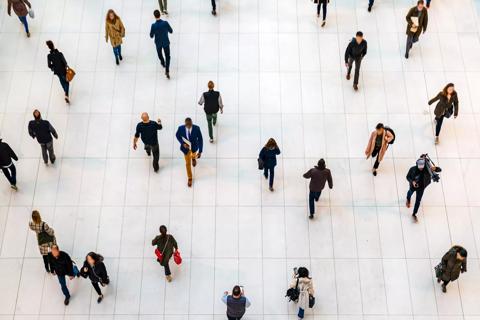
The short answer: It’s complicated, but the basic care precautions still prevail, like washing your hands and isolating if you’re sick
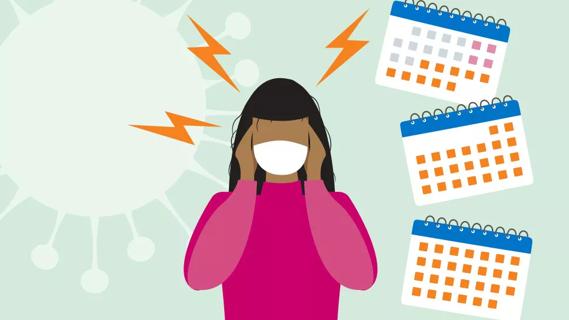
They can feel like a typical headache or a migraine headache, but the pain can last for weeks to months

Any large social gathering — from a family birthday party to an indoor music concert — has the potential to spread serious infection
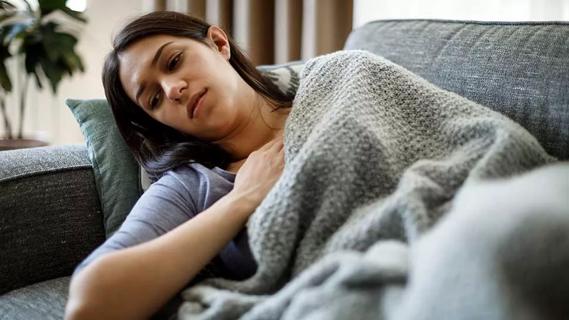
It’s important to connect with a healthcare provider, get quality sleep and balance your activities with your energy levels

Just like the flu, COVID-19 will continue to evolve every year
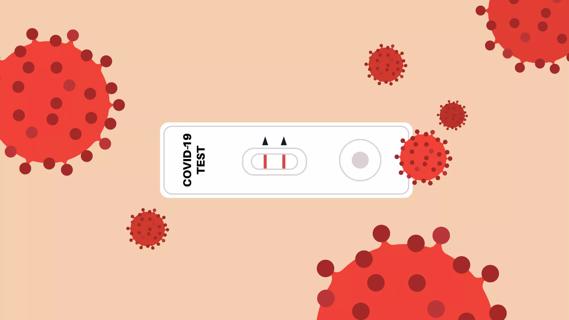
The duration varies, but symptoms can linger for a few days up to a couple weeks or more

Vaccination is best for prevention, but if you get sick with COVID-19, treatments are available

The virus lives best in humans, but it can last on hard surfaces, like doorknobs and railings

Type 2 diabetes isn’t inevitable with these dietary changes

Applying a hot or cold compress can help with pain